“Vegetable gardening” can mean different things to different people. For some, it might be a few potted plants on the patio or balcony. For others, it might be a small plot in the backyard. And for still others, it might be a large, complex operation involving several acres of land. No matter your situation, if you’re interested in growing your veggies, you’ve come to the right place!
This guide will walk you through planning a vegetable garden, from choosing the right location to selecting which vegetables to grow. Following these steps, you’ll be on your way to harvesting your own fresh, homegrown produce in no time. So let’s start with the basics.
What is Vegetable Gardening?
Vegetable gardening is the practice of growing vegetables for human consumption. It can be done on a small scale, like in a backyard, or on a larger scale, like a farm. No matter the size, though, vegetable gardening requires some basic knowledge and skills.
For example, you’ll need to know which vegetables best suit your climate and how to prepare the soil before planting. You’ll also need to know how to water and fertilize your plants, as well as how to control pests and diseases.
If you’re new to vegetable gardening, don’t worry. We’ll cover all the basics in this section so you can grow your delicious veggies in no time!
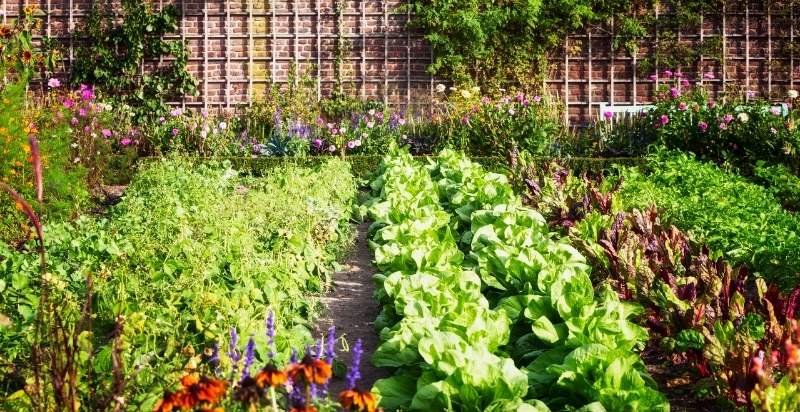
What are the Benefits of Vegetable Gardening?
There are many benefits to growing your vegetables, including:
– Fresh produce that is free of chemicals and pesticides
– The ability to grow heirlooms or rare varieties that you can’t find in stores
– The satisfaction of knowing where your food came from and how it was grown
– The opportunity to get outside and enjoy some fresh air and sunshine
– The chance to teach children (and adults!) about where food comes from and how it grows
What do you need to get started Vegetable Gardening?
Contrary to your opinion, you don’t need much space or equipment to start vegetable gardening; all you need is soil, sun, and water. Of course, a few other things will make your life easier, like a garden hose, a shovel, and gardening gloves. But if you don’t have those things, don’t worry – you can still grow a great garden!
Now that we’ve covered the basics, it’s time to start planning your garden. Keep reading to learn how to choose the right location, prepare the soil, select which vegetables to grow, and more.
Choosing a Location For Vegetable Gardening
Location is one of the most important factors when planning a vegetable garden. An ideal spot for a vegetable garden should receive at least six hours of direct sunlight each day. If you don’t have a spot in your yard that gets that much sun, you can also grow vegetables in containers placed in a sunny location.
In addition to sunlight, your vegetable garden will also need water access. Make sure to place your garden near a water source to water your plants easily. A hose or watering can work fine, but if you have a large garden, you may want to consider installing a drip irrigation system.
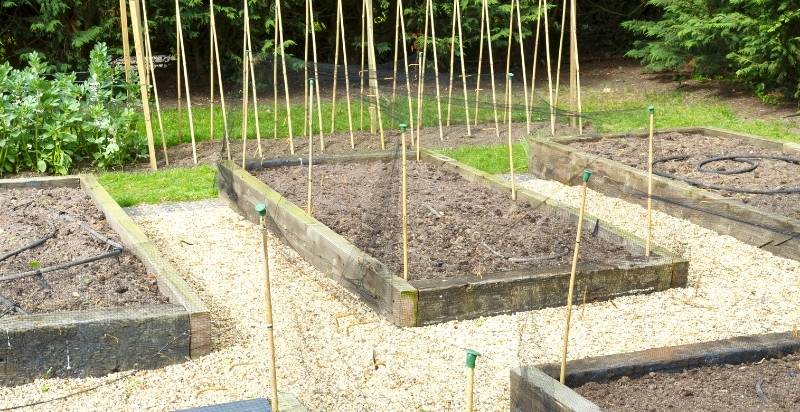
Preparing the Soil For Vegetable Gardening
Once you’ve selected the perfect location for your vegetable garden, it’s time to start preparing the soil. The soil you have will play a big role in determining how successful your vegetables will be. If possible, take a sample of your soil to a local nursery or gardening center to have it tested. This will help you determine what type of soil you have and what, if any, amendments need to be made.
If your soil is too sandy, it will drain too quickly, and your plants will not be able to get the moisture they need. Organic material like compost or peat moss retains moisture and nutrients to improve sandy soil.
Clay soil can be a challenge to work with as well, and it can be very dense and hard to dig and doesn’t drain well. To improve clay soil, add organic matter and sand to loosen it up. You may also consider raised beds if you have particularly heavy clay soil.
Once you’ve determined what type of soil you have and made any necessary amendments, it’s time to start digging. If you have a small garden, you can dig by hand. For larger gardens, however, you may want to rent a tiller till the soil to a depth of about eight inches, and this will help ensure that your plants have enough room to grow roots.
After you’ve tilled the soil, add a layer of organic matter on top and mix it well. Once the organic matter is mixed in, you’re ready to start planting!
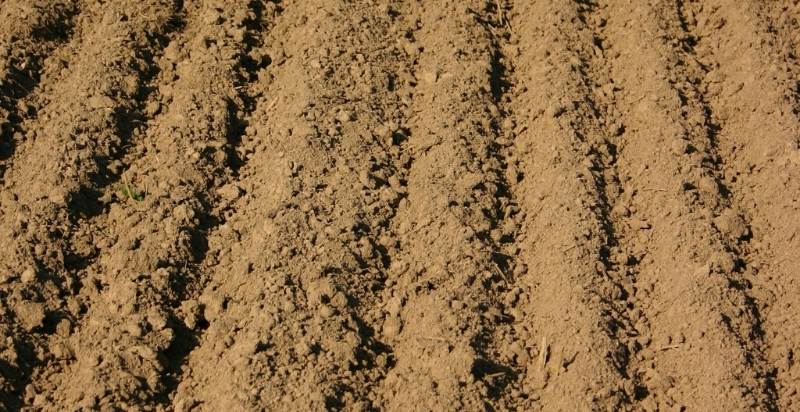
Selecting Vegetables
Now comes the fun part: choosing which vegetables to grow! When selecting vegetables for your garden, there are a few things to consider. First, think about which vegetables you and your family like to eat. There’s no point in growing vegetables that no one will eat.
You’ll also want to consider the climate in your area. Some vegetables, such as tomatoes, need warm weather to grow well, while others, such as broccoli, can tolerate cooler temperatures. Check with your local nursery or gardening center to find out which vegetables will do best in your area.
Lastly, think about how much space you have to work with. Certain vegetables, like corn, take up a lot of room and may not be suitable for small gardens. Others, like lettuce, can be planted more densely and are a good option for limited space.
Once you’ve decided which vegetables to grow, it’s time to start planting!
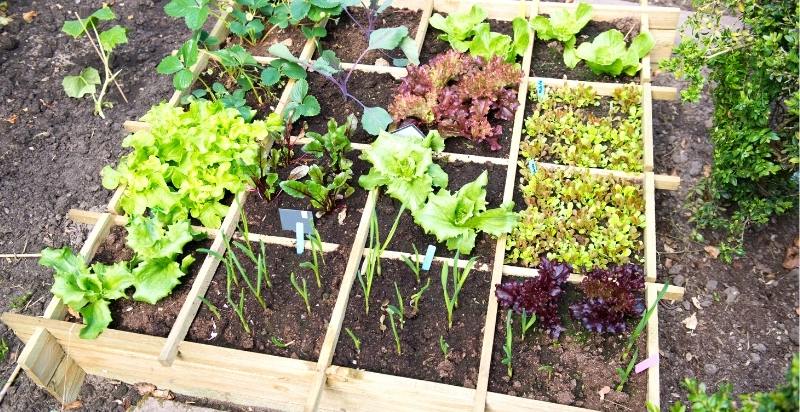
Planting Your Vegetables In The Garden
When ready to plant your garden, read the seed packets or transplant labels carefully. This information will tell you how deep to plant the seeds or how far apart to space the transplants.
Generally speaking, larger seeds should be planted deeper than smaller seeds. For example, corn kernels should be planted about an inch deep, while lettuce seeds only need to be planted on the soil’s surface, as they need light to germinate.
Once you’ve planted your seeds or transplants, water them well. Don’t overwater, as this might cause damage and cause the seeds to rot. If possible, water your garden in the morning so that the plants have a chance to dry off before evening.
Once your plants have germinated and are starting to grow, you’ll need to thin them out. To accomplish this, part of the plants must be removed, so the remaining plants have enough room to grow—thin seedlings by snipping them off at ground level with scissors. For transplants, pull up the extra plants and replant them elsewhere.
You’ll need to watch out for pests and diseases as your plants grow. Common garden pests include aphids, caterpillars, and slugs, and these can be controlled with insecticidal soap or other organic pest control methods.
Common diseases in gardens include powdery mildew and blight. These can usually be controlled by spraying the affected plants with a fungicide.
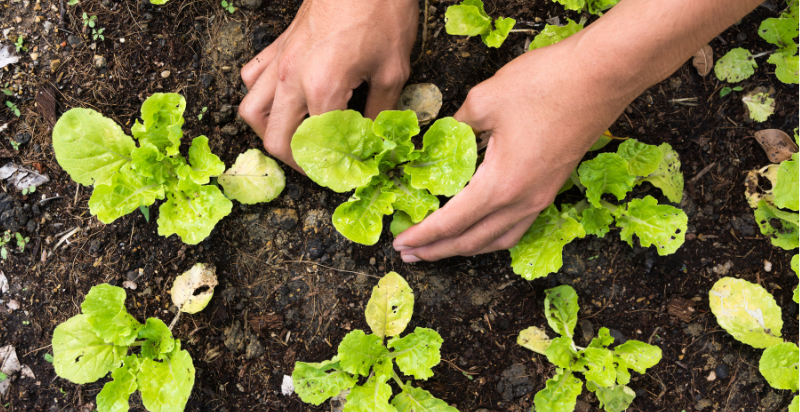
Taking Care of Your Garden
Once your vegetables are planted, it’s important to keep an eye on them and provide any care they may need. This includes watering, weeding, and fertilizing.
Watering is probably the most important task for taking care of your garden. Depending on the weather and the soil you have, you may need to water every day or just a few times per week. Check the soil before watering to see if it needs moisture. Overwatering can be just as harmful as not watering enough.
Fertilizing is another important part of taking care of your garden. Vegetables need nutrients to grow, and fertilizers can help provide those nutrients. Many different types of fertilizer are available, so be sure to choose one that’s right for your plants. Follow the directions on the package carefully to avoid over- or under-fertilizing.
With a little care and attention, your vegetable garden will thrive in no time!
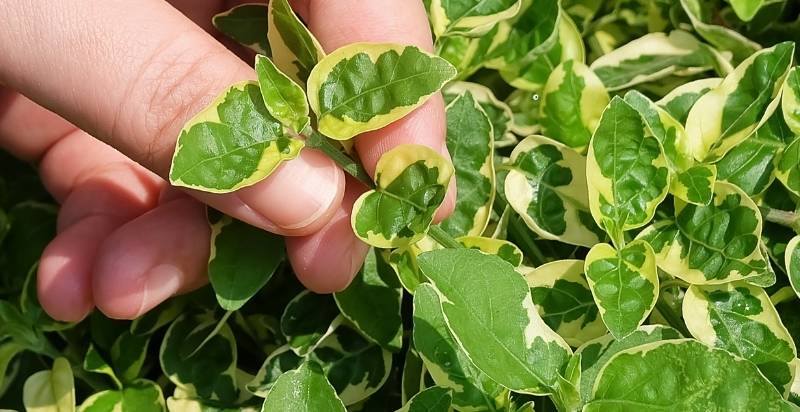
Harvesting Your Vegetables
Once your vegetables are mature, it’s time to harvest them! Depending on the vegetable, you may need to wait until the entire plant is ready or just the individual fruits or vegetables. For example, you can pick green beans as they mature or wait until the entire plant has dried up and turned brown.
Check the seed packet or transplant label for specific harvesting instructions. When in doubt, err on caution and wait a little longer. Once picked, vegetables will continue to ripen off the plant, so you don’t need to worry about picking them too early.
Once you’ve harvested your vegetables, it’s time to enjoy the fruits of your labor! Serve them up fresh, canned, or frozen for a taste of summer all year long.
Congratulations on successfully growing your vegetables! You’ll be able to take pleasure with a little tender loving care and bountiful harvest for years to come. Let’s now briefly discuss any potential issues with vegetable gardens.
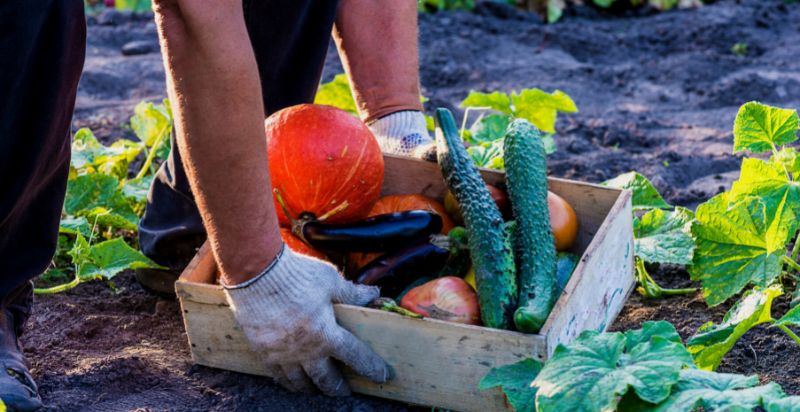
What are some common problems with Vegetable Gardens?
One common problem with vegetable garden is pests. Aphids, caterpillars, and slugs are just a few of the many pests that can damage or kill your plants, and these pests can be controlled with insecticidal soap or other organic pest control methods.
Another common problem is diseases. Common diseases in gardens include powdery mildew and blight, which can usually be controlled by spraying the affected plants with a fungicide.
Weeding is also a common problem. Your vegetables must compete with weeds for water, nutrition, and space, and they can also harbor diseases that can harm your plants. Try to pull weeds as soon as you see them, so they don’t have a chance to take over your garden.
With a little care and attention, you can avoid these common problems and enjoy a bountiful harvest for years to come.
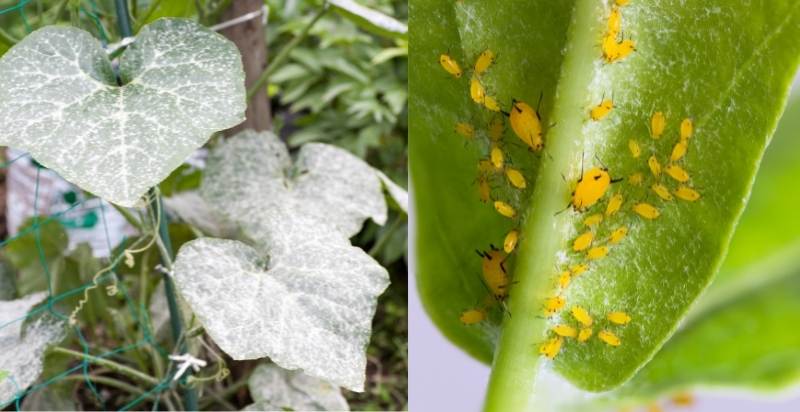
Prevention & Treatment:
The best way to deal with common problems in vegetable gardens is to prevent them from happening in the first place. This can be done by using pest- and disease-resistant varieties of plants, rotating crops, and keeping the garden clean.
If pests or diseases become a problem, some organic methods can be used for control. These include using insecticidal soap, horticultural oil, and beneficial insects.
Weeding can also be prevented by using mulch. Mulch is a layer of material that is placed over the soil to prevent weeds from growing. It can be made from organic materials like bark or straw, or it can be made from inorganic materials like plastic.
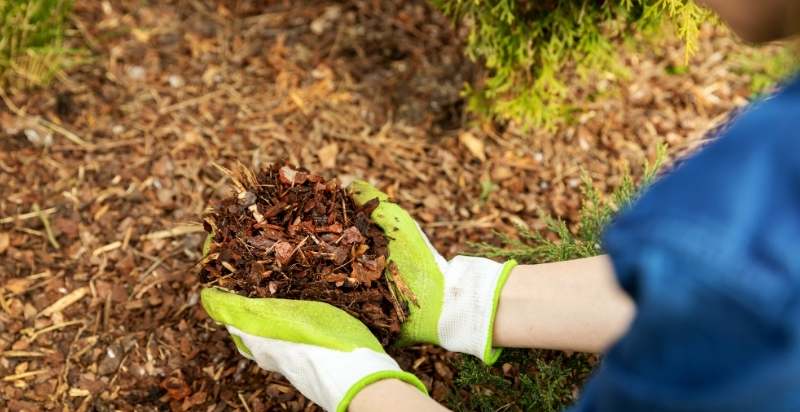
Conclusion
There’s no denying that gardening is a bit of both an art and a science. With so many variables to consider, from the soil you have to the amount of sunlight your garden gets, it can be tricky to get everything just right.
But don’t let that discourage you! Gardening is a fun and rewarding hobby that anyone can enjoy. With a little practice, you’ll be a master gardener in no time.
Happy gardening!
- Water Berries: Description, Flavor, Benefits, And Uses - June 18, 2024
- Everything You Wanted To Know About Sweetheart Cherries - June 17, 2024
- Indian Jujube: Description, Flavor, Benefits, And Uses - April 30, 2024
